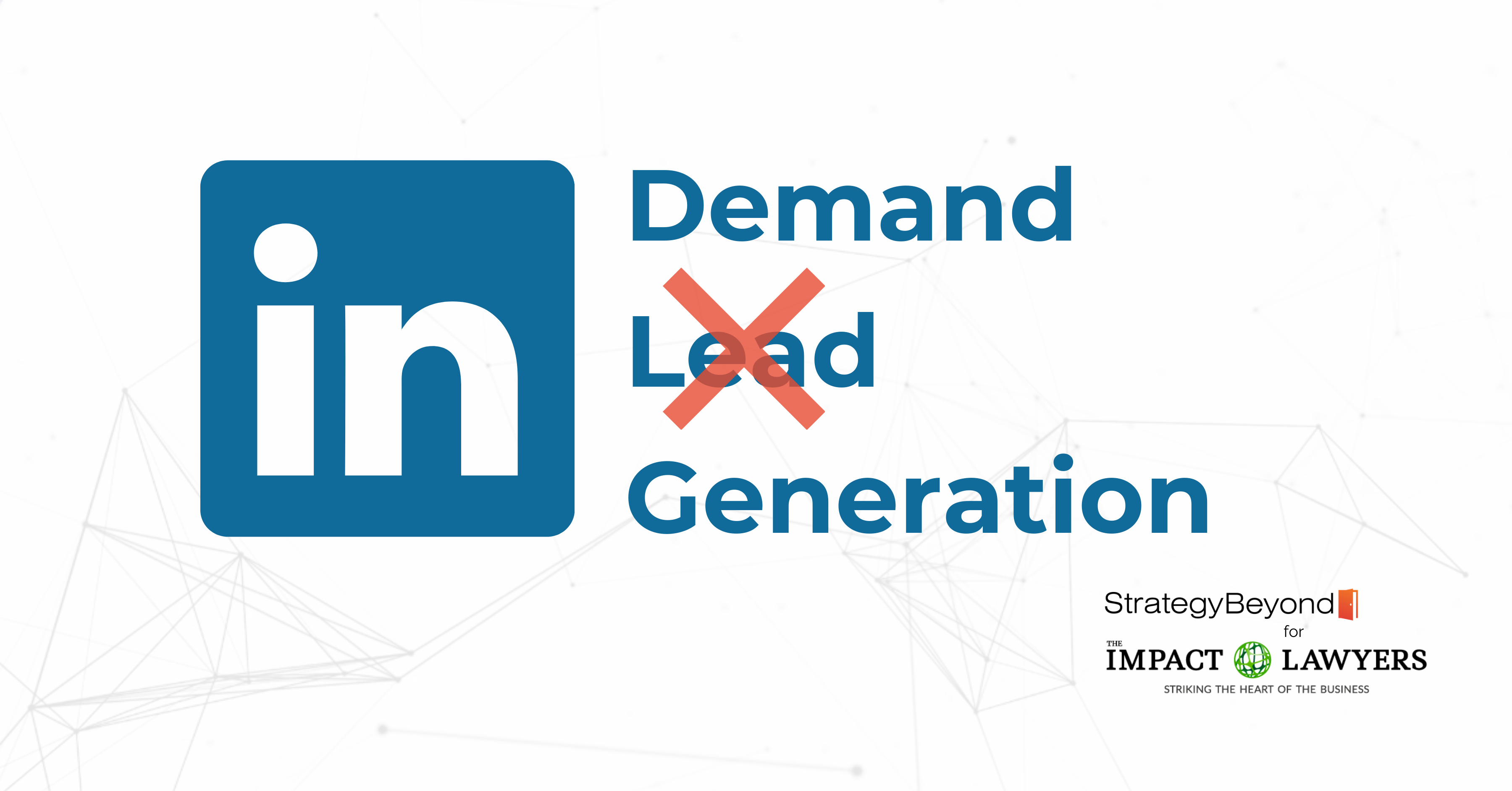Marketing AND Sales vs. Marketing OR Sales
---
The ongoing struggle between marketing and sales has changed and "qualification" has caused both departments to work in sync to attract customers through value
Social selling is the new standard in the new normal. Historically, marketing has focused on features rather than benefits and KPIs for attracting customers. Similarly, Business Development has misplaced focus on generating meetings rather than successful use-cases customers care about.
As the rope-pulling between sales and marketing heightens, the need to resolve the dispute over what constitutes "qualification" has brought a change in consensus: marketing and sales should be synchronized, informing one another under one hat called Demand Generation, where the customer is the beneficiary.
Demand Generation should tell a story about the product's value to a targeted audience and lead to a meaningful conversation based on value touchpoints such as pain, interest, and fit. The effectiveness of your Demand Generation efforts is based on the targeting and qualification process behind it.
The definition of how qualified a potential customer is, has a significant bearing on forecasting your growth and commercial success. If each member of your cross-functional team has a different conception of what constitutes an opportunity, they will move leads through the purchasing stages at wildly varying paces. So, what does "qualification" actually mean?
Defining Qualification
Although qualification may mean different things to different people across B2B technology, it is the process whereby a lead is taken through a metamorphotic journey to become a prospect, eventually an opportunity, and ultimately a customer.
A lead is an individual at the start of your loyalty loop that has not been qualified yet. For example, they might have engaged with a thought leadership piece that resonates with their business goal and/ or were contacted in your outbound messaging campaign. Customers generally do not care much for company presence but rather tend to engage with brand ambassadors.
In LinkedIn terms, a lead is essentially an unqualified connection.
Leads have typically expressed some level of interest in your offering. They will become prospects once you have determined if they fit your ideal buyer persona AND benefit from utilizing your product. A prospect is essentially a connection that has been qualified as an ideal customer who would consider buying.
In turn, an opportunity is a qualified prospect that has a high probability of becoming a customer. Based on touchpoints, an opportunity should have a pain your product or service can solve, an interest in what you are offering, and a good fit for what you are offering.

Digging deeper into the touchpoints
Pain
Prospects need to have some pain (or to have a willingness to change the status quo) before they can become an opportunity. People generally buy to reduce their pain, so there probably is a low likelihood of a sale if there isn't any. Just because a prospect doesn't explicitly express the pain doesn't mean there is none. Similarly, it is admirable that a prospect engages with your content, but that might mean they simply wish to learn from it, so there needs to be a qualification for pain before initiating any metamorphotic process.
Interest
The next thing to look for is interest. The prospect might be aware of their problem, but does that mean they're interested in solving it? How long have they had this problem for? If they say it has been around for ten years, why would they care to solve it now? C-Level Executives must pick and choose their battles, and the most acute pain will get solved first. If they have lived with the issue a long time without being bothered by it, there is probably little interest in solving it.
Fit
Let's say you have a prospect who has a pressing need and a strong desire to solve the problem. They operate a 1-10 people company, assuming your product is made for businesses with 50-200 employees. Does this person represent a sales opportunity? The short answer is no, as they are not the right fit for your offering. They might want to buy your product, but this may be a recipe for disappointment since the product, and the prospect's situation aren't well aligned.
3D Qualification
One way to take your potential customer through the informative process whereby you determine whether your solution solves their problem, is to apply a simple albeit practical three-dimensional approach: organization-opportunity-stakeholder.
● Organization dimension: in the first dimension, verify the lead matches the key qualities of your company's buyer persona.
● Opportunity dimension: in this dimension of the qualification process, determine if the prospect can feasibly implement your company's offering and if they would benefit from using your product.
● Stakeholder dimension: Once you have established fit with your ideal customer persona and benefits from using your product, confirm if they have the authority to make a final purchasing decision.
Perhaps most importantly, this 3D qualification needs to be agreed upon across marketing and sales with a clear messaging framework conveyed by everyone from the CEO to the summer intern.
At StrategyBeyond BV, we generate inbound and outbound demand and enable sales for SaaS products. Our unique insight into B2B engagement allows us to combine commercial strategy and execution to deliver the best possible results. We drive profitable customer action through value. If you wish to learn more, feel free to reach out.
Related links
Main menu



